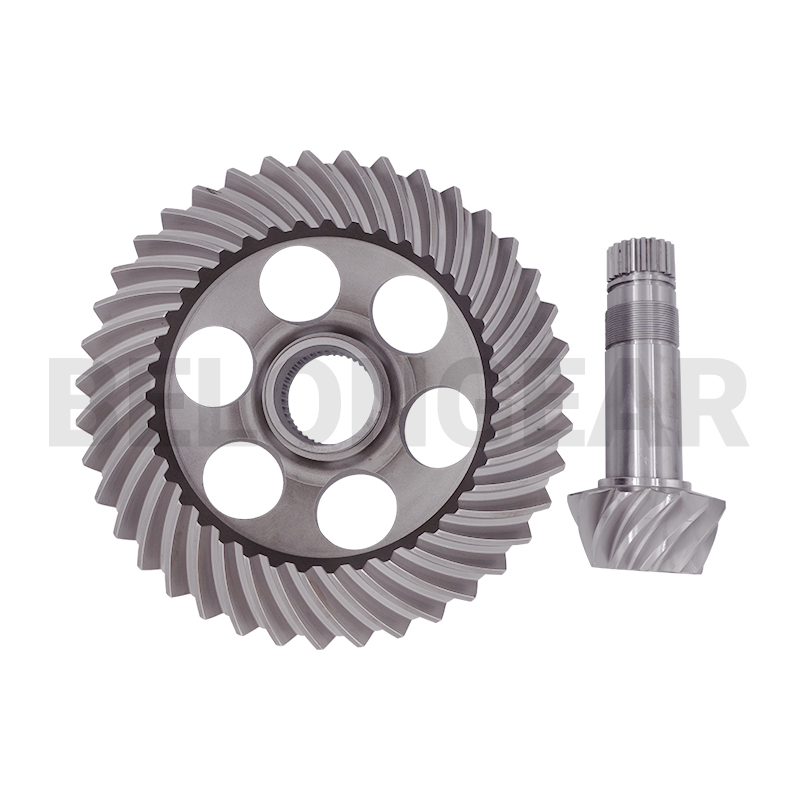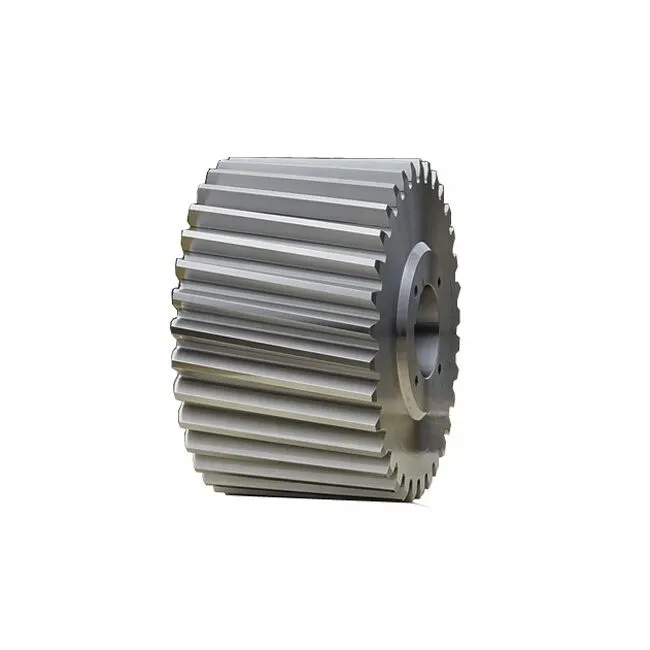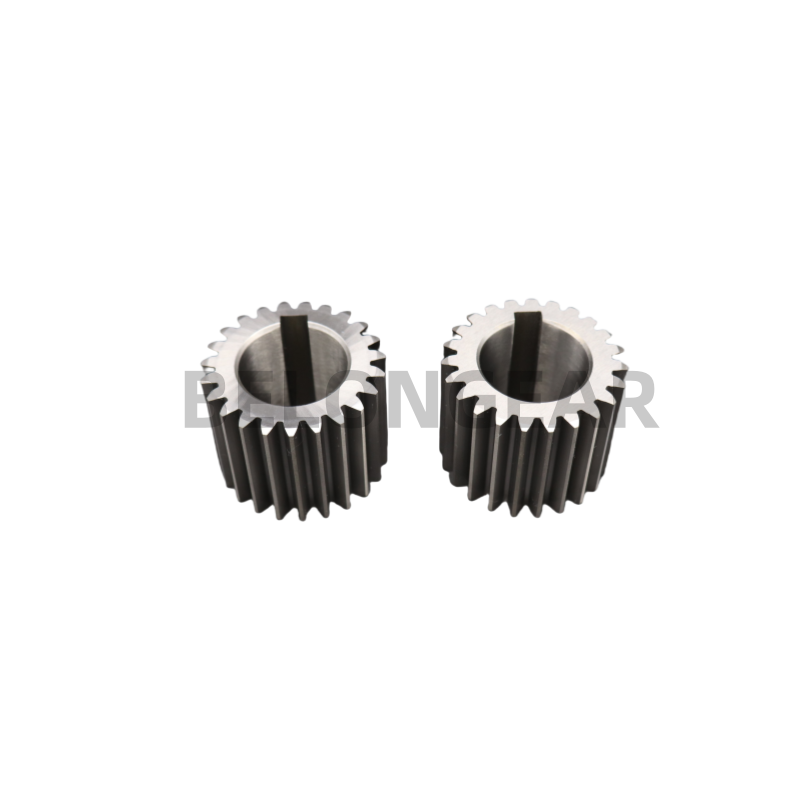Gears are fundamental mechanical components used in countless applications across manufacturing, automotive, robotics, and aerospace industries. Among them, bevel gears , helical gears, and spur gears are three widely used types, each designed for specific functions. Understanding their design characteristics and differences is key to selecting the right gear for a mechanical system.

There are several types of bevel gears including:
Straight bevel gears with straight teeth and a simple conical form.
Spiral bevel gears are designed with curved teeth to provide smoother and quieter operation, especially in high speed or heavy load applications.
Hypoid bevel gears :similar to spiral bevel gears, but the axes do not intersect; commonly used in automotive rear axles.
Bevel gears are ideal when torque needs to be transmitted between shafts at an angle, with high efficiency and compactness.
Spur Gears vs Helical Gears
While bevel gears work with intersecting shafts, spur and helical gears are typically used for parallel shaft applications. However, the way their teeth are cut significantly affects their performance characteristics.
Spur Gears
Spur gears are the most basic type of gear, with straight teeth that are aligned parallel to the axis of rotation. Their advantages include:
Simple design and manufacturing
High efficiency in transmitting torque
Suitable for low to moderate speeds

However, spur gears tend to generate noise and shock loads at higher speeds due to the sudden engagement of teeth. This makes them less suitable for high-speed or high-load applications.
Helical Gears
Helical gears, in contrast, have teeth that are cut at an angle to the gear axis, forming a helix. This design offers several advantages:
Smoother and quieter operation due to gradual tooth engagement
Higher load carrying capacity, as more teeth are in contact at any time
Better performance at high speeds

However, helical gears produce axial thrust, which must be accounted for in the system design through appropriate bearings or thrust washers. They are also slightly more complex and costly to manufacture than spur gears.
Bevel gears are ideal for changing the direction of torque between intersecting shafts, commonly at 90 degrees.
Spur gears are cost-effective and suitable for simple, low-speed, low-load applications with parallel shafts.
Helical gears offer improved performance at higher speeds, with reduced noise and smoother operation, making them preferable for more demanding environments.
Choosing the right gear type depends on your application’s speed, load, shaft orientation, and noise constraints. Understanding these differences helps engineers design more reliable and efficient mechanical systems.
Post time: May-13-2025




